Demining so that people can use their land again
Clearance is vital for many people in Iraq. Lands, villages, etc. are contaminated by improvised mines following years of war.

A HI clearance team in Iraq. | © HI
Improvised explosive devices everywhere
HI is currently working in al-Mazraa al-Jadida, a village in Salah al-Din governorate where a recent accident left four villagers dead and three wounded, including women and children. The accident occurred when an improvised explosive device (IED) left behind by the Islamist State group detonated beneath a tractor transporting villagers to their field.
This area is heavily contaminated with improvised explosive devices. A typical IED is composed of a number of basic components that include: some form of explosive, chemical or incendiary charge, a container, a power source, an initiator and some form of firing switch.
The presence of landmines, improvised devices and unexploded ordnance (UXOs) in Salah al-Din continues to pose a serious threat to the civilian population. These hidden dangers can cause severe injury or death, especially to farmers, shepherds and children.
Abandoned lands
As a result, many locals have abandoned the use of large tracts of land, particularly agricultural fields and grazing areas. To stay safe, people limit their movements to well-known paths and avoid unfamiliar or previously affected areas. These restrictions have had a major impact on local life and the area’s economy. Clearance operations are therefore crucial, not only for saving lives but also for restoring access to land and for rebuilding the community’s stability. Until clearance is completed, fear and caution will continue to shape daily life in Salah al-Din.
The areas affected are very large, and some have still not been surveyed, or are unsafe because of the continuing presence of armed groups.
HI teams need advanced tools and special training to deal with the complex threats. Moreover, working in Iraq involves a lot of coordination with many different groups (national authorities, local authorities, military groups, etc.) which can slow progress down.
The challenges of clearance in Iraq
Another major difficulty is the harsh environment. In many areas, deminers face extreme heat, sandstorms and dry terrain, making physical work very hard and hindering progress. In the summer, temperatures can reach over 50°C, so working for long hours is impossible. The large size of contaminated areas, the absence of clear maps and ongoing security risks complicate things still further. All of this means that deminers must stay alert, work with extreme caution and rely on advanced tools to stay safe and effective.
Operations recently completed
By March 2025, HI had completed the clearance in al-Salam Village, in Baiji. The fuel pipelines are now safe to access in the areas where all the IEDs and UXOs have been removed.
The local community is very supportive and grateful for our work. The people know that landmines and unexploded bombs are a serious danger, so when they see us clearing the land, they feel safer and more hopeful. Many families come to thank the teams, especially in areas where they have previously been afraid to farm, walk, or let their children play. Some people also help by pointing out danger spots or sharing information with us about the location of dangerous or suspicious items.





